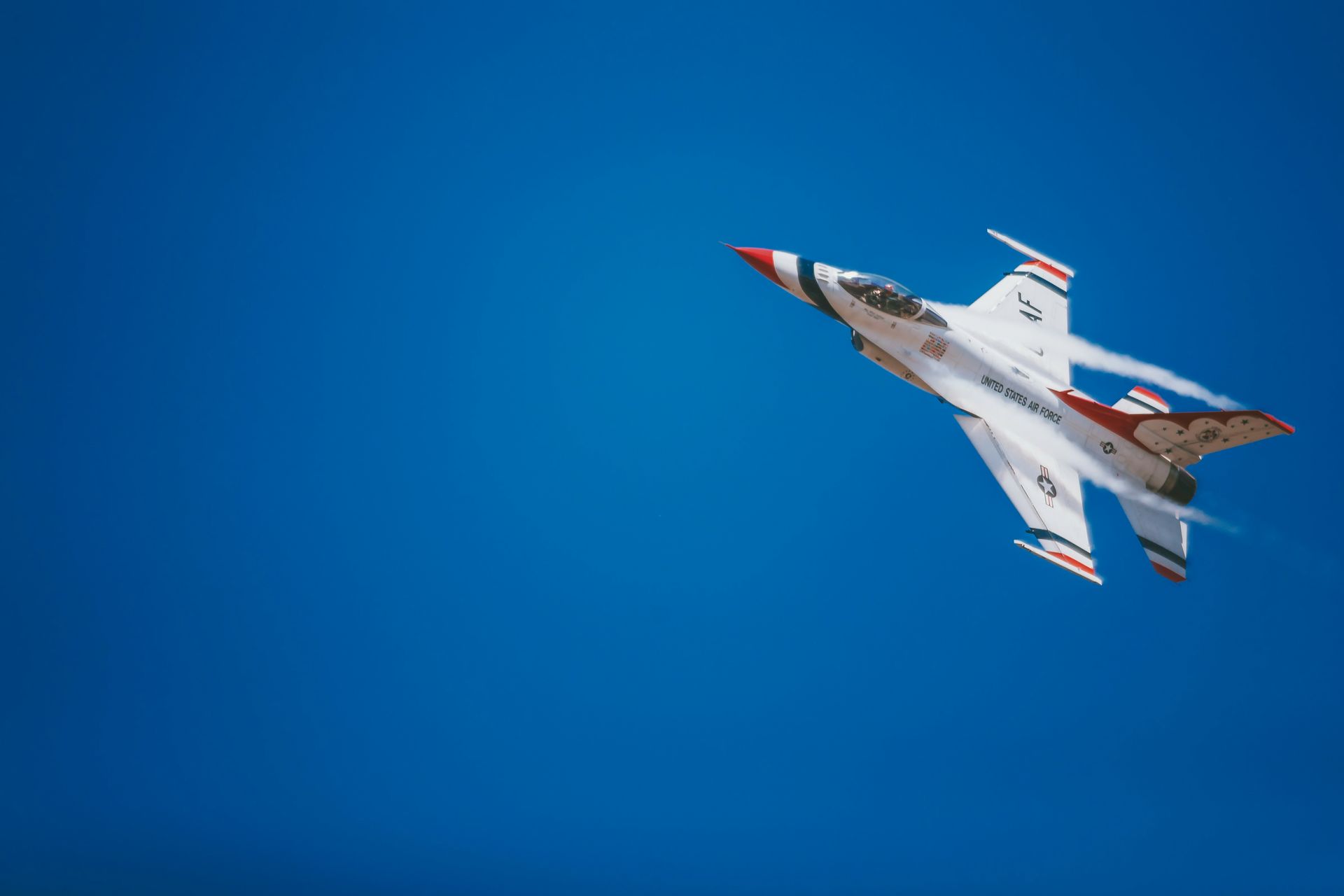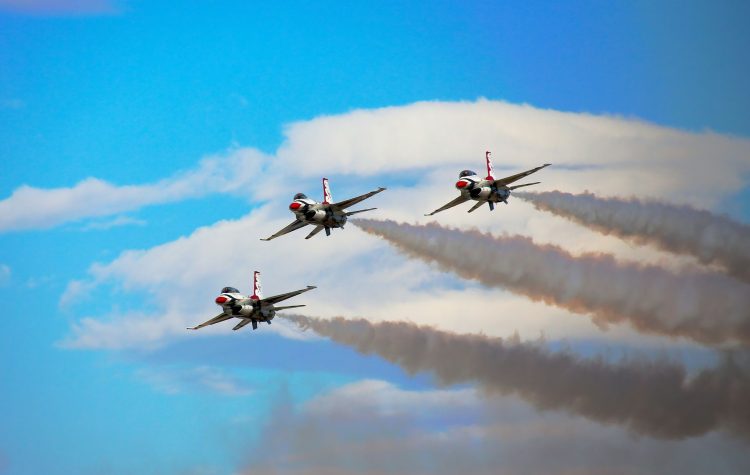Imagine the roar of jet engines as two fighter planes engage in a high-speed aerial ballet, maneuvering for a tactical advantage. This classic image of a dogfight might soon feature a new kind of pilot: artificial intelligence.
Recent developments in the US Air Force suggest that autonomous fighter jets are no longer science fiction, but a tangible possibility on the horizon.
This development follows decades of research into artificial intelligence (AI) for military applications. From unmanned surveillance drones to AI-powered targeting systems, the role of machines in modern warfare has steadily grown. The latest advancement involves integrating AI directly into fighter jets, allowing them to fly and engage in combat without human intervention.
Testing the mettle of machine pilots
News broke in May 2024 when Air Force Secretary Frank Kendall revealed details about a recent test flight involving an AI-controlled F-16 Fighting Falcon. During the flight, the AI system went head-to-head with a human pilot in a series of simulated dogfights. The human pilot, an experienced aviator with thousands of flight hours, was no easy match.
According to Kendall, the AI performed admirably, holding its own against the skilled human pilot. The results were particularly impressive considering the complexity of dogfighting. These maneuvers involve rapid changes in direction, G-forces that test the limits of human physiology, and split-second decision-making under pressure. The fact that the AI could keep pace with a seasoned pilot in such a demanding scenario is a testament to the significant progress made in AI for aerial combat.
AI edges and human experience
While the test results suggest a promising future for autonomous fighter jets, it’s important to note that the AI wasn’t necessarily superior to the human pilot in every aspect. As reported by Air & Space Forces magazine, Kendall did mention that the AI might have an advantage against less experienced pilots due to its ability to react faster and handle G-forces without limitations. However, human experience brings its own set of advantages. A skilled pilot can adapt to unexpected situations, make strategic decisions based on battlefield awareness, and use intuition honed through years of training.

The ideal scenario, according to some experts, might involve a combination of human and AI capabilities. An AI system could handle the high-speed maneuvers and information processing required for dogfighting, while a human pilot retains ultimate control and makes strategic decisions. This type of human-AI teaming could potentially lead to a new generation of fighter pilots who are more effective and capable than ever before.
The thorny issue of AI in war
The potential of AI in warfare extends beyond just autonomous fighter jets. AI systems are already being used for intelligence gathering, target identification, and even cyberwarfare. However, the use of AI in war raises a number of complex ethical and legal questions.
One major concern is the potential for autonomous weapons systems to make mistakes or malfunction, leading to unintended civilian casualties. Additionally, there are concerns about the accountability for actions taken by AI-powered weapons.
Who is responsible if an autonomous weapon causes civilian casualties? The human programmer, the military commander, or the AI itself?
These are just some of the tough questions that need to be addressed as AI technology continues to develop and its role in warfare expands. International treaties and regulations around the use of autonomous weapons systems are urgently needed to ensure that these powerful machines are used responsibly and ethically.
Featured image credit: Simon Hurry/Unsplash





